The World Where We Live: Indonesia
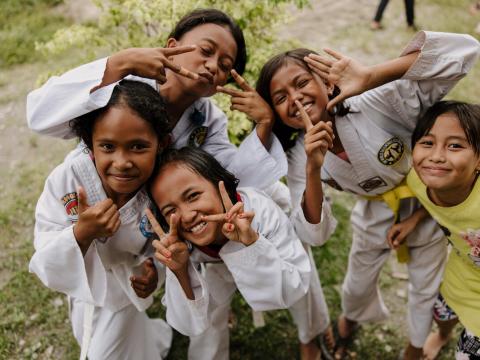
This nation is the world’s largest archipelago, with five main islands and more than 15,000 smaller islands and islets. From volcanoes and ancient forests to orangutans and coral reefs, Indonesia has a lot of treasures – including the world’s fourth largest population of people, who are spread across about 6,000 islands. Selemat datang di Indonesia – welcome to Indonesia!
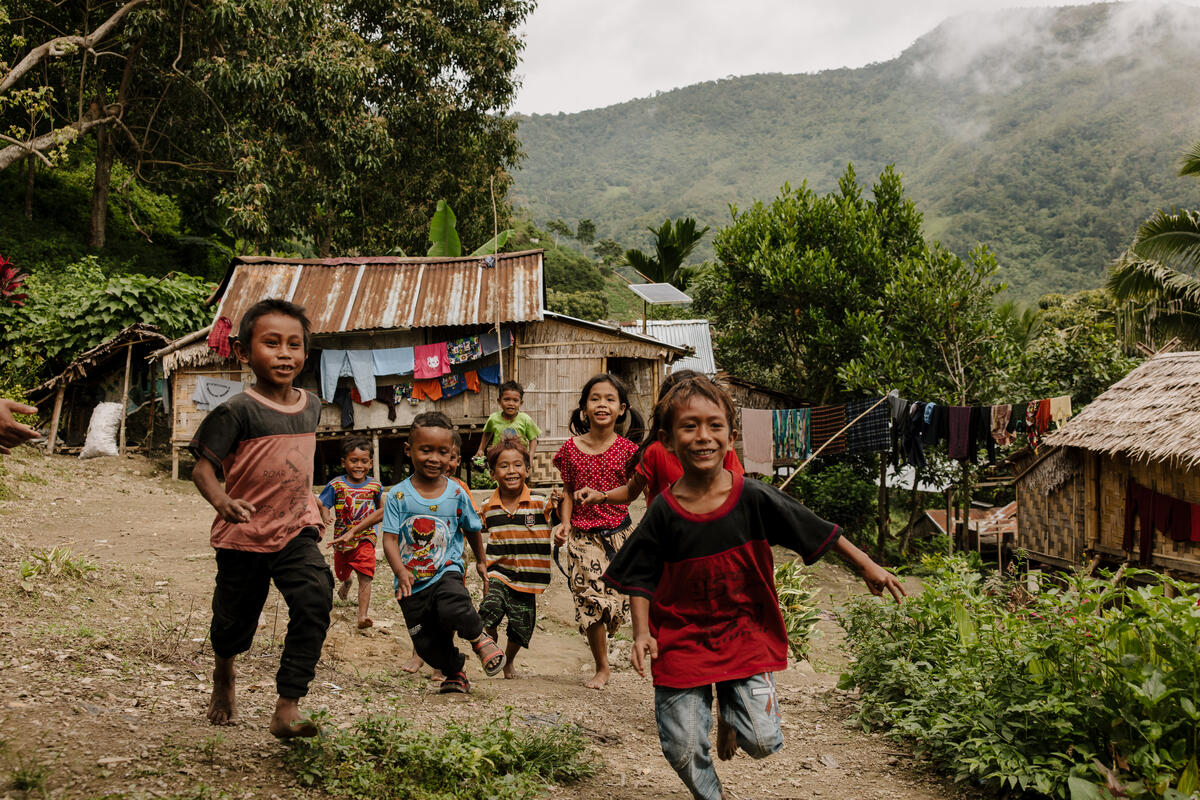 The world’s most populous island, Java is home to 151.6 million people, or 56 percent of Indonesia’s total population. And more than 10 million people live in the capital city, Jakarta, with more migrating there in search of work. But not all Indonesians live in the cities – 42 percent live in rural areas, in villages dotted on the thousands of inhabited islands. Here, the traditional way of life and social norms like mutual cooperation are vital parts of community life.
The world’s most populous island, Java is home to 151.6 million people, or 56 percent of Indonesia’s total population. And more than 10 million people live in the capital city, Jakarta, with more migrating there in search of work. But not all Indonesians live in the cities – 42 percent live in rural areas, in villages dotted on the thousands of inhabited islands. Here, the traditional way of life and social norms like mutual cooperation are vital parts of community life.
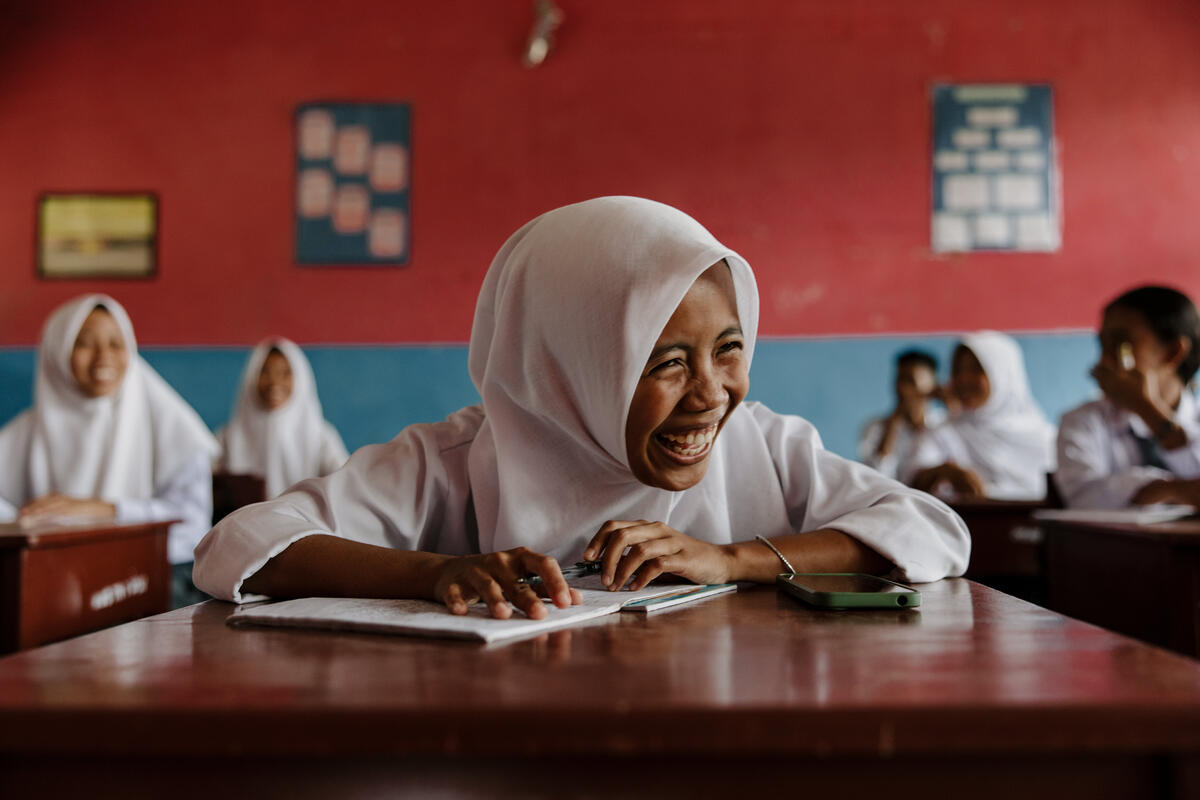 With more than 50 million students, three million teachers and 300,000 schools, Indonesia’s school system is one of the largest in the world. But while more than 80 percent of students from wealthy areas complete high school, that figure drops to just 48 percent for those from the lowest-income areas. World Vision sponsors support students from early childhood to high school, with help ranging from school supplies to study groups and life skill classes, to reduce drop-out rates and help children develop their potential.
With more than 50 million students, three million teachers and 300,000 schools, Indonesia’s school system is one of the largest in the world. But while more than 80 percent of students from wealthy areas complete high school, that figure drops to just 48 percent for those from the lowest-income areas. World Vision sponsors support students from early childhood to high school, with help ranging from school supplies to study groups and life skill classes, to reduce drop-out rates and help children develop their potential.
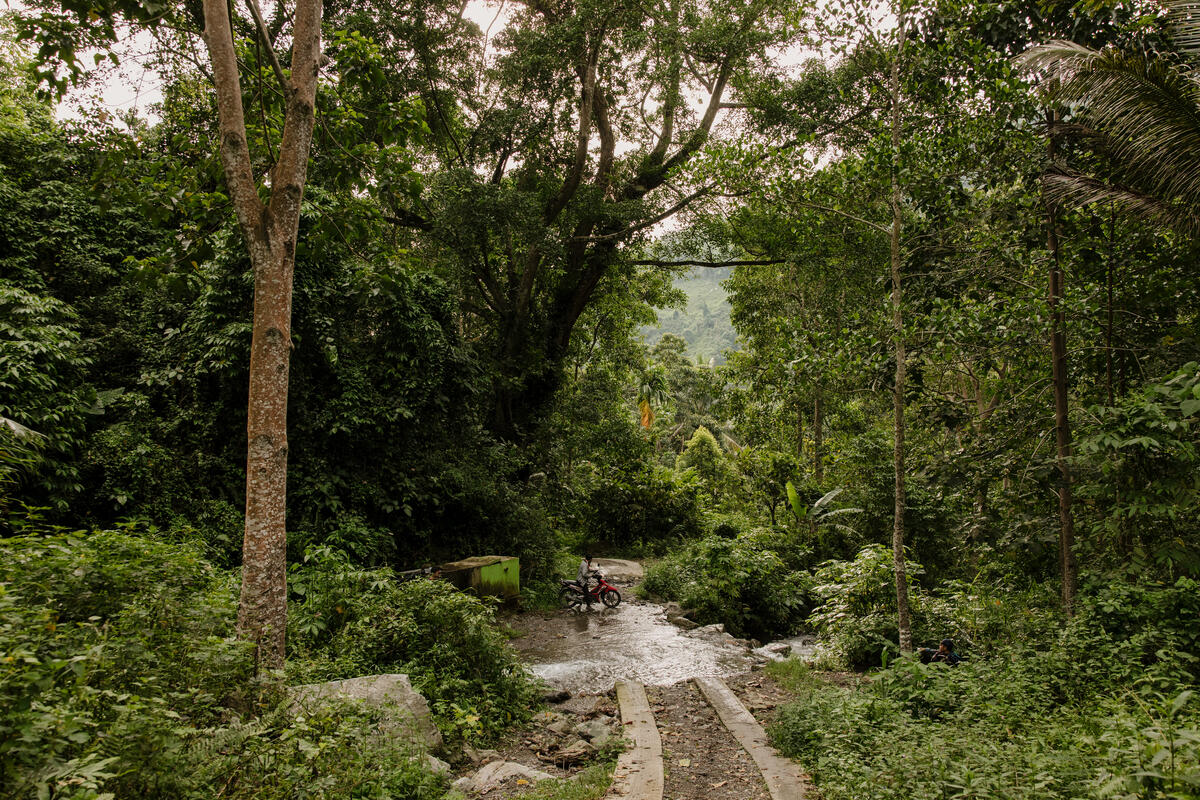 The lushness here is impossible to ignore. Everything is alive – sometimes it feels like you can see the plants growing beneath your feet! Indonesia has rich volcanic soil that supports a wealth of native plants and animals, including the endangered orangutans, Sumatran tigers and Komodo dragons. Mangrove swamps cover the coastlines, rainforests dominate the lowlands and subtropical forests flourish at higher altitudes.
The lushness here is impossible to ignore. Everything is alive – sometimes it feels like you can see the plants growing beneath your feet! Indonesia has rich volcanic soil that supports a wealth of native plants and animals, including the endangered orangutans, Sumatran tigers and Komodo dragons. Mangrove swamps cover the coastlines, rainforests dominate the lowlands and subtropical forests flourish at higher altitudes.
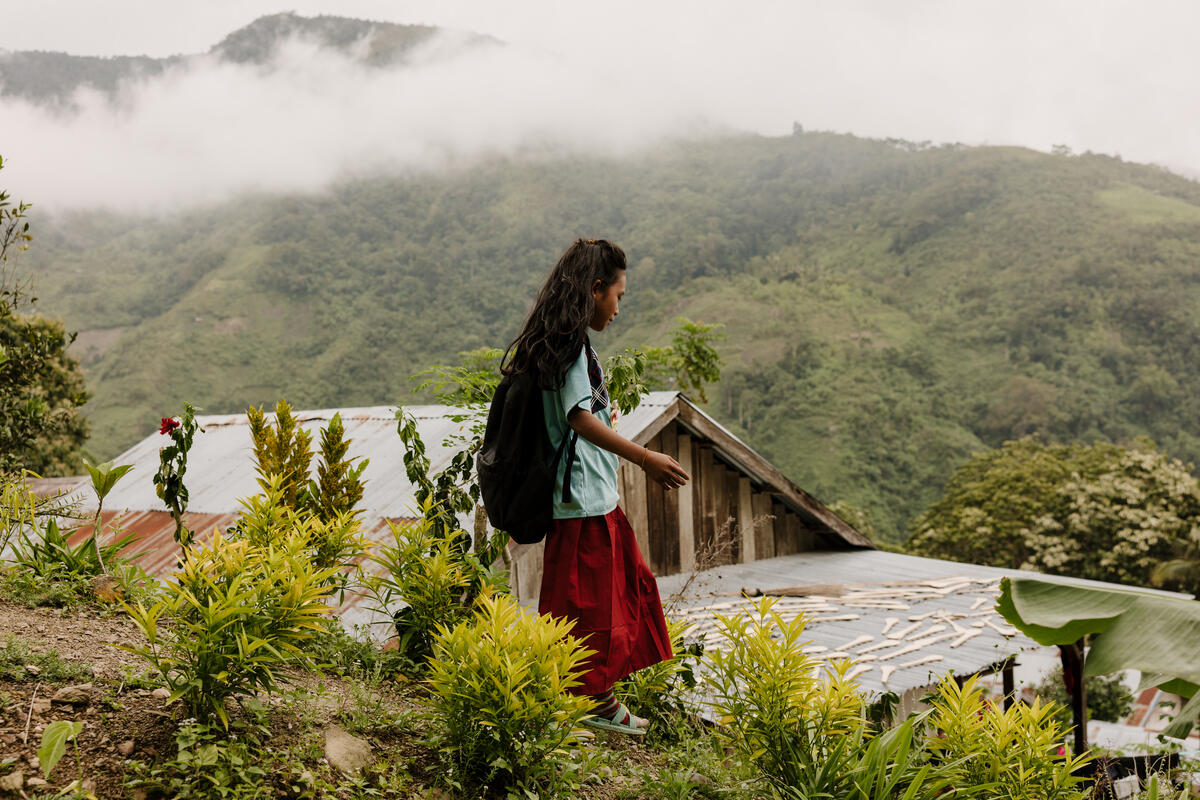 Humidity is a key feature of Indonesia’s tropical climate! October marks the start of the four-month rainy season in Indonesia. It’s a time when farmers heave a sigh of relief as their crops are watered and tanks are filled, but also when dirt tracks and roads become impassable with mud. In some isolated communities, children travel on the “river highway”, crossing rivers on barges or even rowing to and from school.
Humidity is a key feature of Indonesia’s tropical climate! October marks the start of the four-month rainy season in Indonesia. It’s a time when farmers heave a sigh of relief as their crops are watered and tanks are filled, but also when dirt tracks and roads become impassable with mud. In some isolated communities, children travel on the “river highway”, crossing rivers on barges or even rowing to and from school.
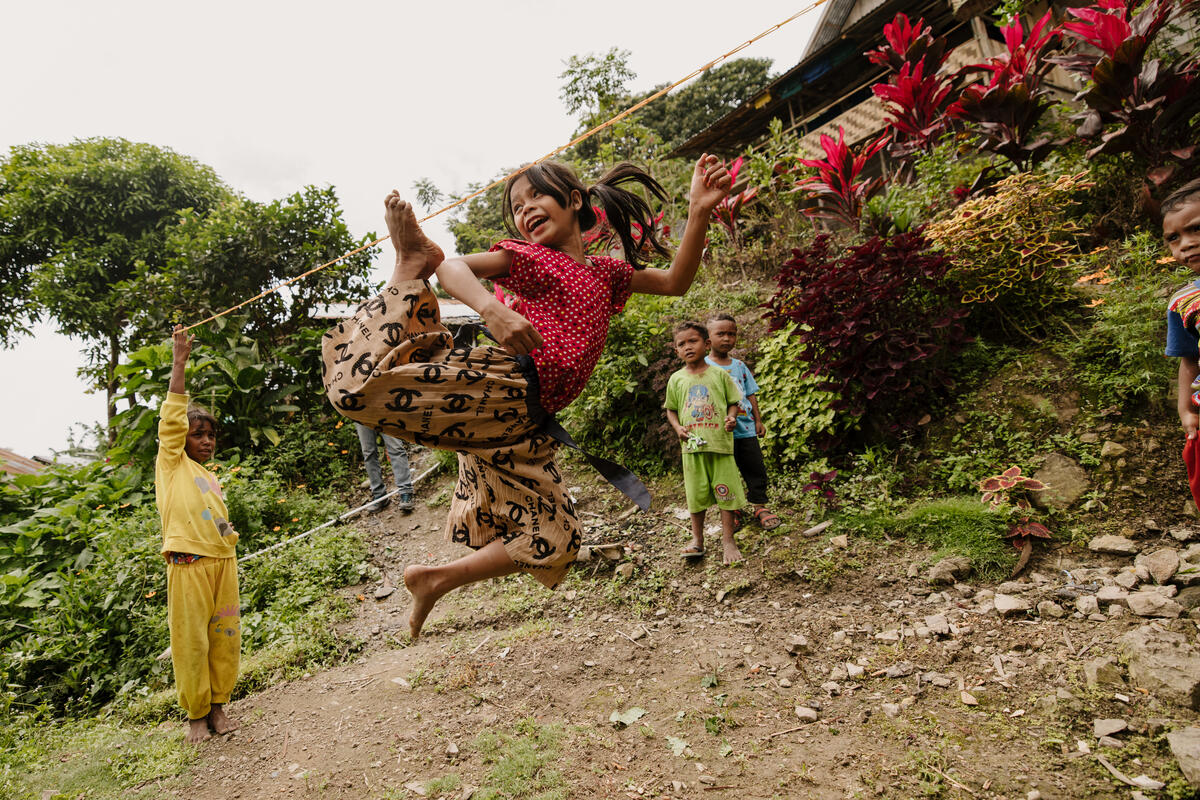 Indonesia’s traditional games rely on children’s healthy sense of competition to bring the fun! One game is Lompat Tali, which uses rubber bands looped together to make a cord. The aim of the game is to jump over the cord – some experts can hook their foot over one that’s head-high! Also popular is Kelereng or Gundu, a game of marbles played with a loop of string, and Laying-layang, or kite flying – either with solo kites or battle kites with glass-coated string.
Indonesia’s traditional games rely on children’s healthy sense of competition to bring the fun! One game is Lompat Tali, which uses rubber bands looped together to make a cord. The aim of the game is to jump over the cord – some experts can hook their foot over one that’s head-high! Also popular is Kelereng or Gundu, a game of marbles played with a loop of string, and Laying-layang, or kite flying – either with solo kites or battle kites with glass-coated string.
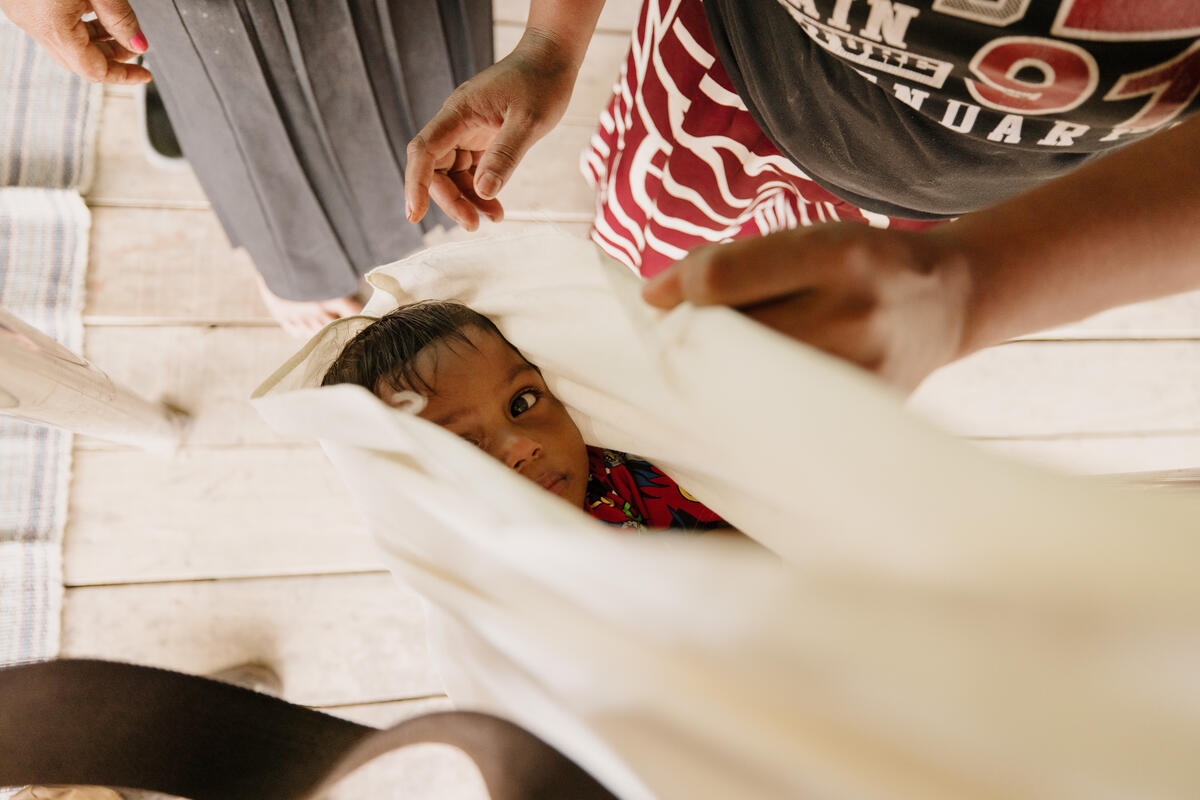 Health is a challenge for many children in Indonesia, which faces a “double burden” with high levels of both under-nutrition and over-nutrition. Malnutrition is a huge concern – with three in 10 children under five experiencing stunted growth. At the other end of the spectrum, almost one in five primary-school children and one in six adolescents are overweight or obese. World Vision sponsors partner with the government to find a uniquely Indonesian solution: the village integrated health post (posyandu). Here, mothers can learn about child development and nutrition and help give their babies the best start in life.
Health is a challenge for many children in Indonesia, which faces a “double burden” with high levels of both under-nutrition and over-nutrition. Malnutrition is a huge concern – with three in 10 children under five experiencing stunted growth. At the other end of the spectrum, almost one in five primary-school children and one in six adolescents are overweight or obese. World Vision sponsors partner with the government to find a uniquely Indonesian solution: the village integrated health post (posyandu). Here, mothers can learn about child development and nutrition and help give their babies the best start in life.
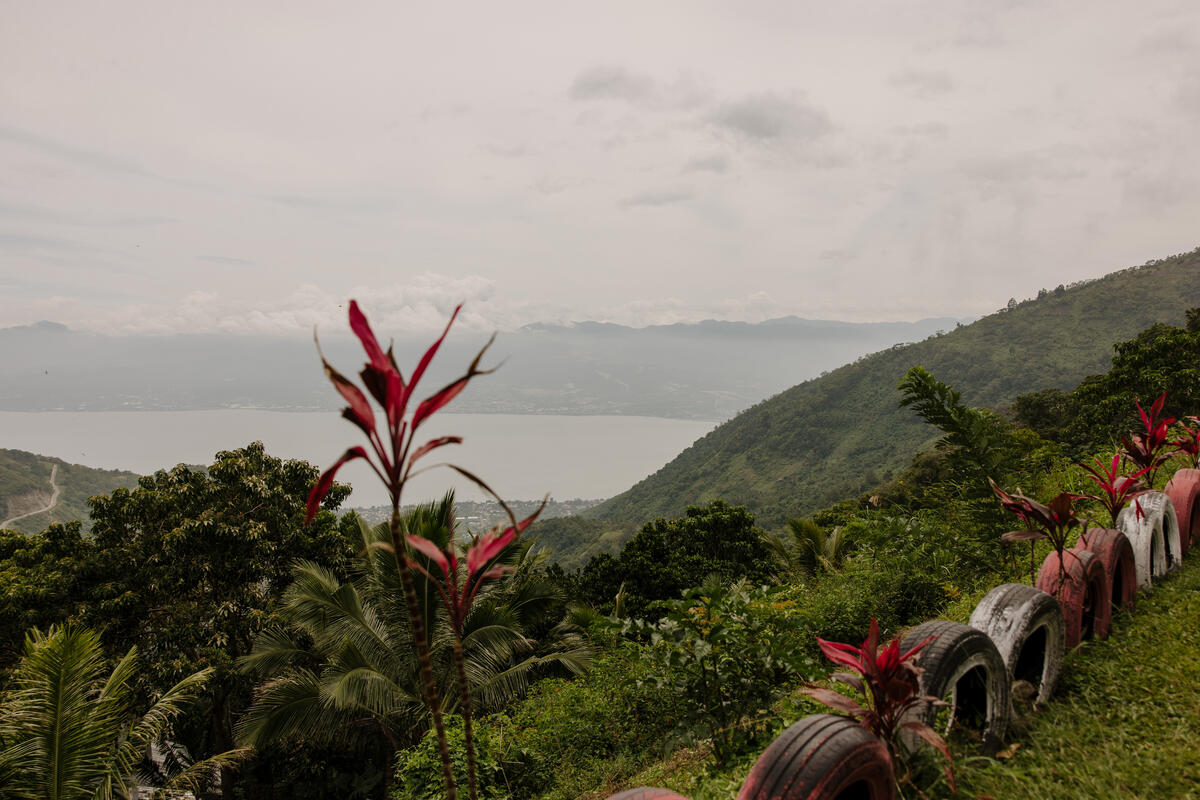 Located on the Pacific “Ring of Fire”, Indonesia is no stranger to volcanic eruptions, earthquakes and other natural disasters such as landslides and tsunamis. As an archipelago nation, it is also vulnerable to the impacts of climate change, such as droughts and floods and rising sea levels. To help communities prepare for disasters, Sponsors help provide risk-reduction training and emergency aid if disaster strikes. After the 2004 earthquake and tsunami in Aceh, for instance, World Vision sponsors and donors provided aid to more than 100,000 people and built more than 3,500 permanent houses to ease the lives of the survivors.
Located on the Pacific “Ring of Fire”, Indonesia is no stranger to volcanic eruptions, earthquakes and other natural disasters such as landslides and tsunamis. As an archipelago nation, it is also vulnerable to the impacts of climate change, such as droughts and floods and rising sea levels. To help communities prepare for disasters, Sponsors help provide risk-reduction training and emergency aid if disaster strikes. After the 2004 earthquake and tsunami in Aceh, for instance, World Vision sponsors and donors provided aid to more than 100,000 people and built more than 3,500 permanent houses to ease the lives of the survivors.
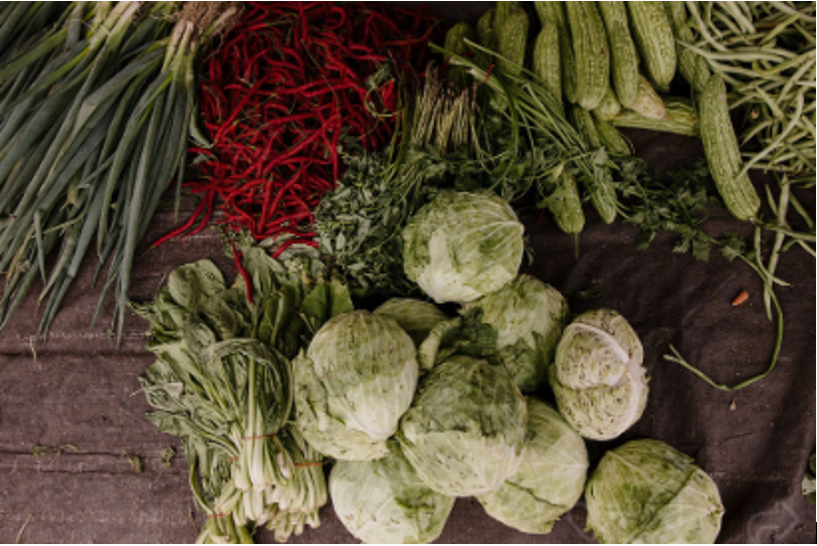 All that fertile soil means farming is big business. Indonesia is the world’s second-largest producer of rubber, third-largest producer of cocoa and fourth-largest producer of coffee. Along with other important cash crops such as rice and palm oil, many farmers grow vegetables to supplement their income and diet. At the local markets, you’ll see produce like spring onions, chillies, coriander, cabbages and bitter melon in abundance.
All that fertile soil means farming is big business. Indonesia is the world’s second-largest producer of rubber, third-largest producer of cocoa and fourth-largest producer of coffee. Along with other important cash crops such as rice and palm oil, many farmers grow vegetables to supplement their income and diet. At the local markets, you’ll see produce like spring onions, chillies, coriander, cabbages and bitter melon in abundance.
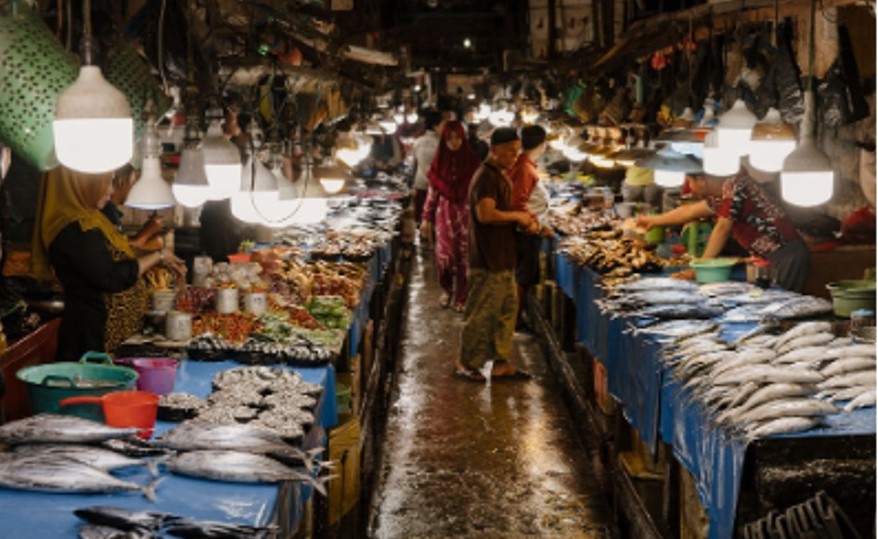
While more Indonesians are choosing to shop online, markets are still a key way for locals to shop. Food markets are vibrant and diverse places, where you’ll find fresh produce, meat and seafood, snacks and drinks, and cooked meals. There are food delicacies from the country’s many different regions, religions and ethnicities. Some stalls specialise in a particular street food dish, while others offer a dizzying array of products from flip flops to traditional masks, bangles and homewares.
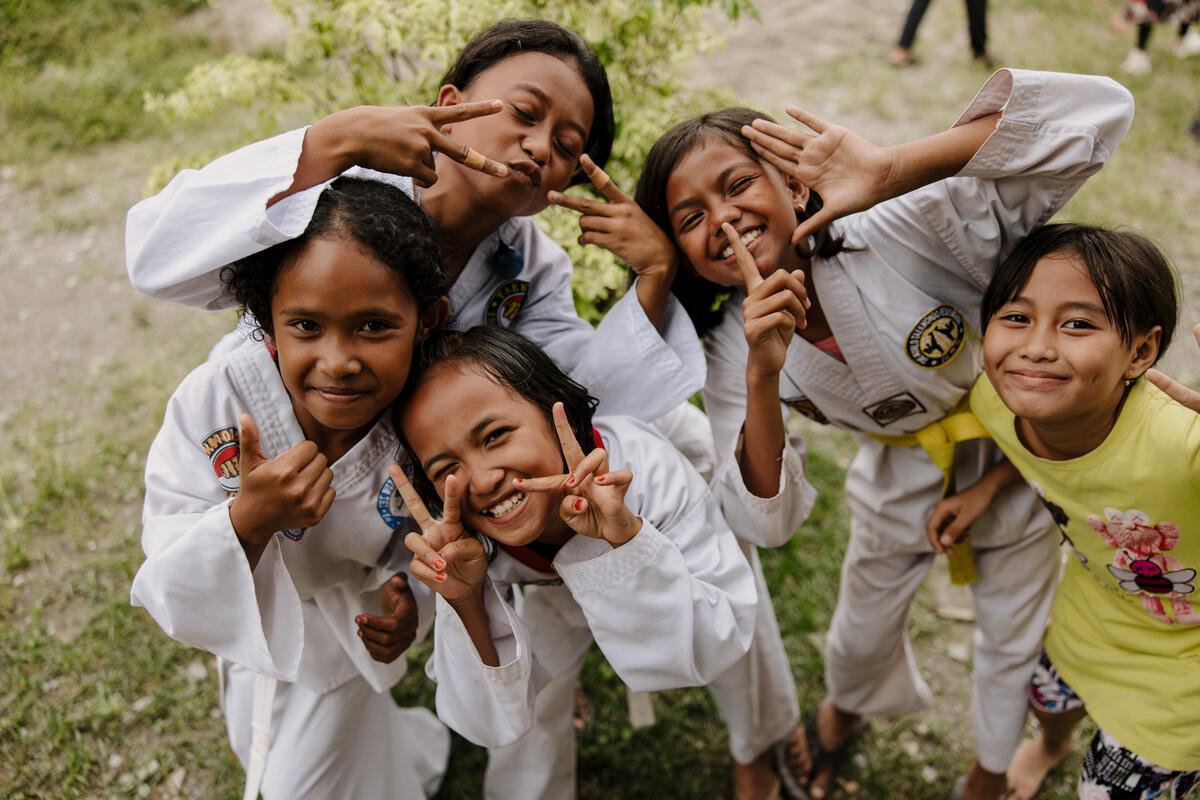 Martial arts training is not only fun, it also teaches discipline and respect for others. Indonesia has almost as many traditional martial arts styles as there are islands, including pencak silat, which involves training with the body and traditional weapons; kuntao, a style with Chinese-Malay origin; caci, which uses rattan whips and sticks in one-on-one duels; and payuq, a sumo-like wrestling style from Kalimantan. For kids like these, learning karate is a great way to make friends, get fit, have fun and help develop their self-esteem.
Martial arts training is not only fun, it also teaches discipline and respect for others. Indonesia has almost as many traditional martial arts styles as there are islands, including pencak silat, which involves training with the body and traditional weapons; kuntao, a style with Chinese-Malay origin; caci, which uses rattan whips and sticks in one-on-one duels; and payuq, a sumo-like wrestling style from Kalimantan. For kids like these, learning karate is a great way to make friends, get fit, have fun and help develop their self-esteem.
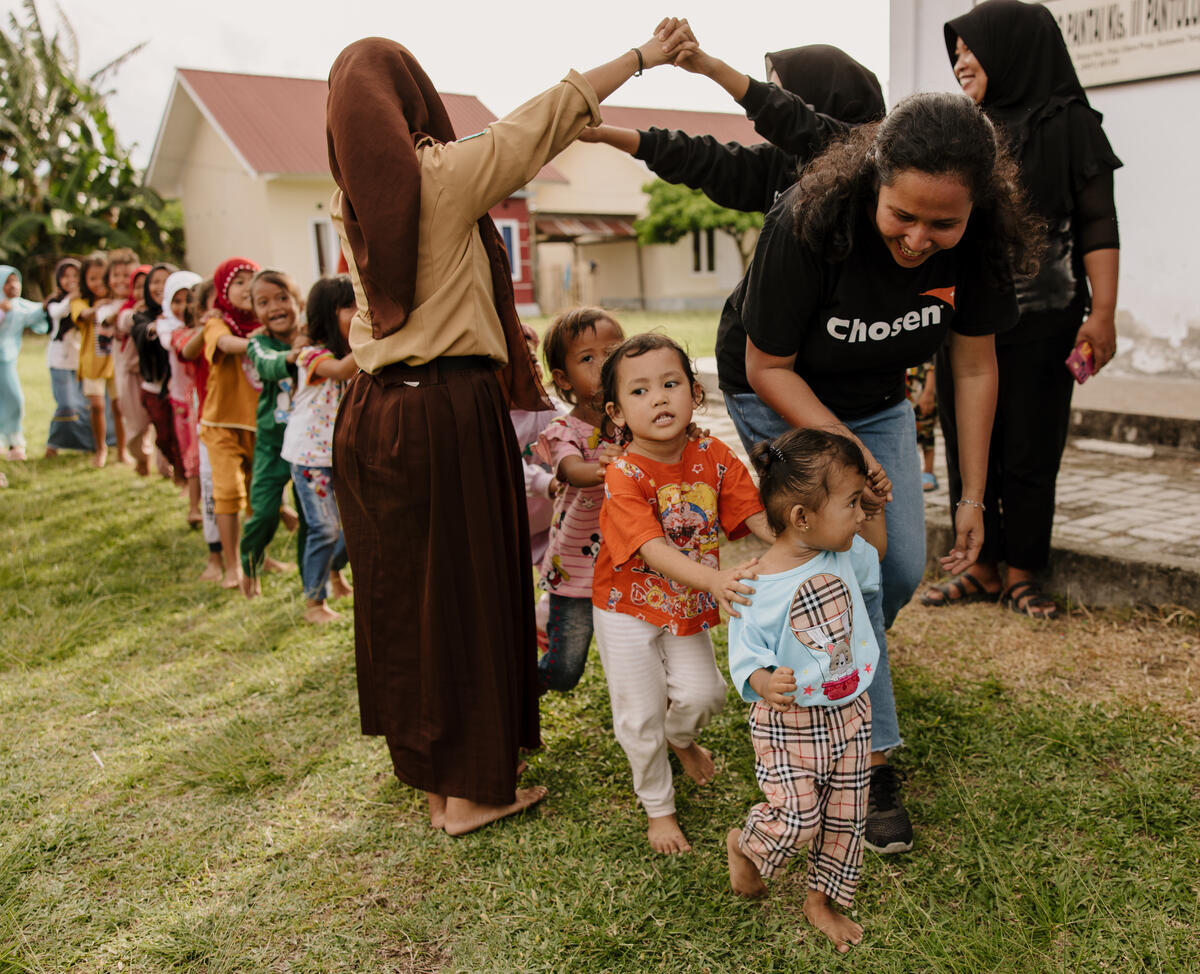
World Vision has been partnering with children and families in Indonesia since 1963 to transform the lives and futures of today’s children and the generations to come. Today, child sponsors are helping children in more than 50 communities to thrive.
Child sponsorship – partnering with children and communities to break the cycle of poverty in over 1250 communities in this big, beautiful world.